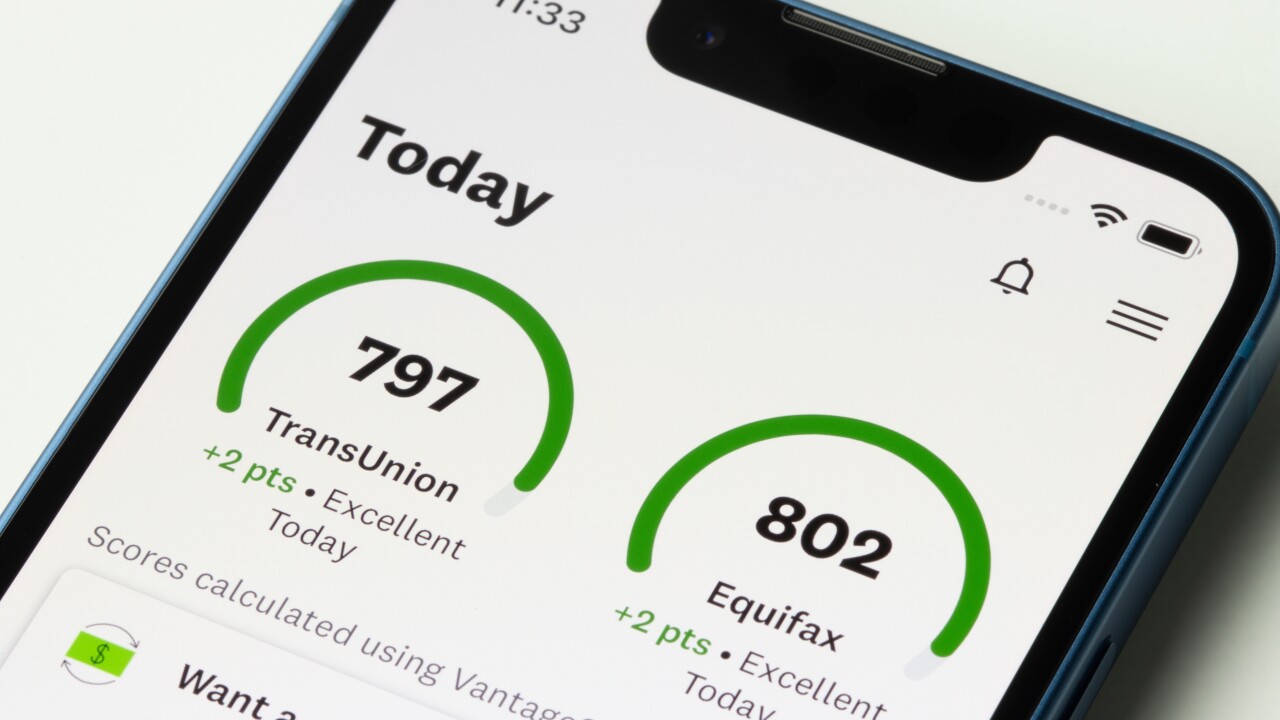Of the more than 150,000 paperless mortgages that have been originated since 2000, about 1,000 have gone into foreclosure, Fannie Mae’s top e-mortgage manager estimates.
Fannie Mae is one of the largest secondary market purchasers of those electronic promissory notes. Christos Bettios, a senior product manager at Fannie Mae who heads up the government-sponsored enterprise’s e-mortgage initiative, said servicers need to begin to educate themselves about the e-mortgage process and how servicing those loans will become of greater importance to the industry.
“This is strategically important. Whatever your overall strategy, you need to line it up with this,” Bettios said at the Mortgage Bankers Association’s servicing conference in Dallas last week.
He continued, saying e-mortgage adoption, while slow, “stands on its own merits,” and doesn’t need to be mandated by the GSEs for the industry to realize the positive benefits of e-mortgage technology.
“If there weren’t so many things Fannie and Freddie were asking you to do, you’d be doing more of this,” he said.
Bettios estimates there have been approximately 1,000 e-mortgages that have gone into foreclosure. While a new concept for the servicing and foreclosure process to grasp, there have so far not been any issues with processing foreclosures, even in judicial states. The e-signed promissory notes are stored in the servicer’s e-vault storage system. At the Mortgage Electronic Registration Systems, a platform called the MERS eRegistry tracks the ownership of e-mortgages, a separate platform from technology used to track promissory note ownership of traditional paper mortgages, called the MERS System.
Another panelist at the same servicing conference session, Doug Danko, vice president, customer group manager at MERS, noted that the bulk of e-mortgages in existence were originated after the rise and fall or subprime and other risky lending and were written with tighter underwriting standards. “The quality of the loans is better in this portfolio,” he said, which helps keep default rates of e-mortgages lower.





